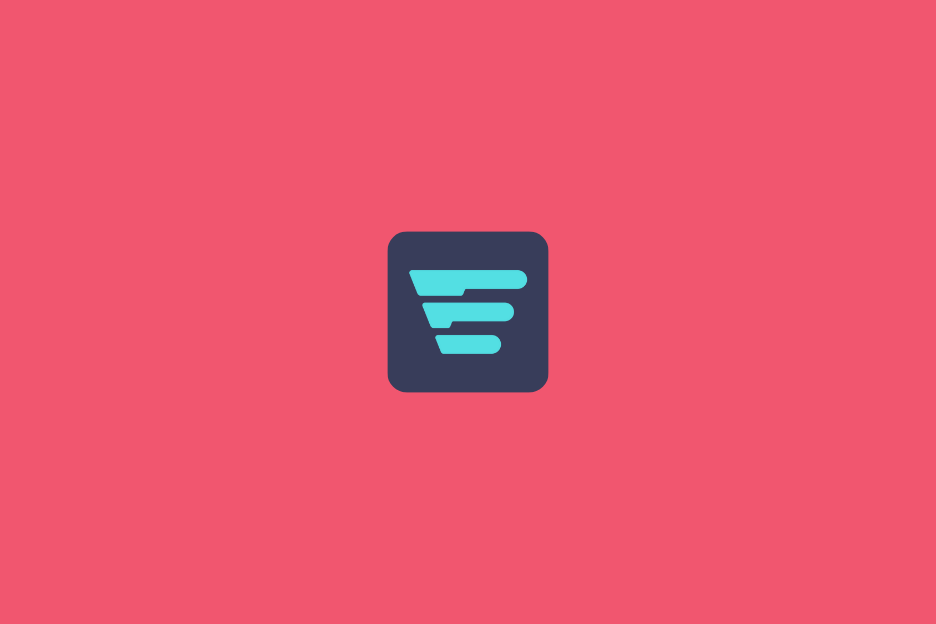If you want your online store to convert traffic into revenue, you need to optimise every part of the customer journey, from site speed to checkout flow. Great design helps, but lasting conversion uplift relies on your platform’s performance, stability, flexibility, and UX foundations.
Below are 10 proven ways to increase conversions, supported by insights from Aero agencies delivering real results.
1. Prioritise site speed
Slow pages kill sales. Google’s research shows that pages taking longer than two seconds to load can lose over 50% of potential customers. Shoppers won’t wait, and neither will Google’s ranking algorithms.
Basic improvements like image optimisation and reduced page bloat help, but true performance starts at the platform level. A slow core = permanent disadvantage.
ITQ favours Aero because it has the best balance of performance to functionality on the market. We’ve even built our own Aero themes to combine speed with the uniqueness our customers want to stand out in the ever more competitive ecommerce market.
- Sarkis Salleh, MD of ITQ Digital
2. Use fully responsive, mobile-first design
Mobile-first indexing is now standard, and mobile shoppers consistently make up 40–70% of ecommerce traffic depending on the sector.
Your store must deliver:
Fast, clean page rendering
Larger tap targets
Sticky add-to-cart buttons
Optimised media assets
A checkout built for small screens
If customers can’t buy effortlessly on mobile, you’re losing revenue every day.
Aero offers retailers an enterprise level of control when it comes to conversion rate improvements. Access to the core codebase, coupled with the platform's inherent scalability and extensibility has enabled us to efficiently implement CRO strategies and exceed our clients commercial expectations.
- Duncan Woodward, MD of Square Owl
3. Align SEO with conversion strategy
SEO isn’t about keyword stuffing. It’s about relevance, structure and intent alignment.
Your product pages must:
Answer the questions buyers are searching for
Use structured data
Provide unique, helpful descriptions
Load quickly (Core Web Vitals matter)
Ranking well is only the first step. The content must convert when users arrive.
4. Create high-quality, conversion-focused content
You can only get customers to buy if you’ve given them the information they need first. And the way you deliver this information should help you build relationships with them.
Good, customer-focused copy will do this for you. Remember, even though your site may be primarily a visual experience, people will read what you say, and this can set the whole tone for the customer experience.
Most customers scan, not read — so make your content easy to digest.
That means:
Benefit-led headlines
Short paragraphs
Bullet-point specs
Clear storytelling (proven 22x more memorable)
Your copy sets the tone, reduces doubt, and supports the buying decision.
5. Use impactful images and videos
Content is important, but so is how you present what you’re selling. High-quality images of your products, especially in use, help give perspective to your visitors.
You should also consider including demonstration videos for scale, clarity and reassurance.
Finally, optimise your images to ensure that they won’t slow down your page loading times and improve SEO. This includes descriptive file names and alt attributes to facilitate web browser rendering.
6. Simplify navigation and strengthen site search
Driving traffic to your site is one challenge. What happens when they get there?
If you’ve ever been frustrated in a supermarket because you can’t find the right section for the item you want, then you’ll understand the importance of good ecommerce site navigation.
Once customers land on your store, they need to find products in seconds.
Best practice:
Clear, predictable navigation
Prominent search bar
Streamlined filters
No dead-ends or unnecessary layers
Too much choice or too many filters may act as a distraction and throw your customer off-course. Poor navigation = high bounce + low conversion.
7. Use reviews as trust drivers
Providing your visitors with proof of customer satisfaction is a very powerful way of driving conversions.
84% of shoppers trust online reviews as much as personal recommendations. And 91% of site visitors read these reviews.
If you want to boost the credibility of your online store, include:
Verified reviews
Star ratings
Visual UGC
Trust badges
Easy links to social proof
Trust drives conversions. Silence creates doubt.
8. Streamline the checkout and expand payment options
Checkout friction is the biggest conversion killer.
If you don’t want to fall at the final hurdle, you must ensure that your checkout process is streamlined and straightforward.
This is the part where your customer will actually be parting with money, so it’s important there aren’t any technical hiccups, or distractions.
Common reasons for abandonment include:
Forced account creation
Unexpected fees
Limited payment options
Slow or complex forms
Offer:
Guest checkout
Multiple payment methods (including mobile wallets, BNPL, PayPal)
Clear delivery costs upfront
Safety perception also plays a big role. Ensure your customers know your checkout process is protected and secure.
Anything extraneous in the checkout process will reduce conversion. Aero's no-nonsense checkout delivers the essentials cleanly, and our customers love it.
- Matt Ball, Head of Strategy & Partnerships at ITQ Digital
9. Use free shipping strategically
Delivery charges remain the biggest barrier at checkout. 39% of UK consumers abandon their shopping carts because of shipping fees.
If free shipping isn’t viable for every order, use:
Threshold-based free shipping
Limited-time free delivery weekends
Free returns to offset perceived risk
It’s one of the simplest, most effective conversion levers.
10. Offer clear, customer-first returns
It might seem counter-intuitive to be encouraging conversions based on the ease of shoppers sending purchases back to you, but this is an important factor for customers.
Returning online purchases is now an established part of consumer culture. The media has even given this practice its own day — Takeback Monday.
A clear, simple returns policy builds confidence and helps secure the sale.
Include:
Time frames
Costs
Packaging instructions
How refunds are issued
Returns don’t reduce conversions — uncertainty does. Customer reassurance = higher conversion rates.
Your platform impacts every conversion metric
Design tweaks help, but the biggest conversion gains come from the fundamentals: speed, stability, flexibility and a high-performance architecture.
That’s where Aero stands out. Retailers replatforming to Aero benefit from:
Sub-1.5s load times
A lean, modern core
Flexible customisation
Lower infrastructure and app costs
A checkout engineered for conversion
Direct support for agencies
It’s why growing retailers and high-performance agencies choose Aero as their long-term conversion engine.
Ready to optimise your store for conversions?
Book a demo and see how Aero’s performance-first approach helps ambitious retailers convert more, grow faster, and reduce overheads, without compromising on creativity or functionality.


